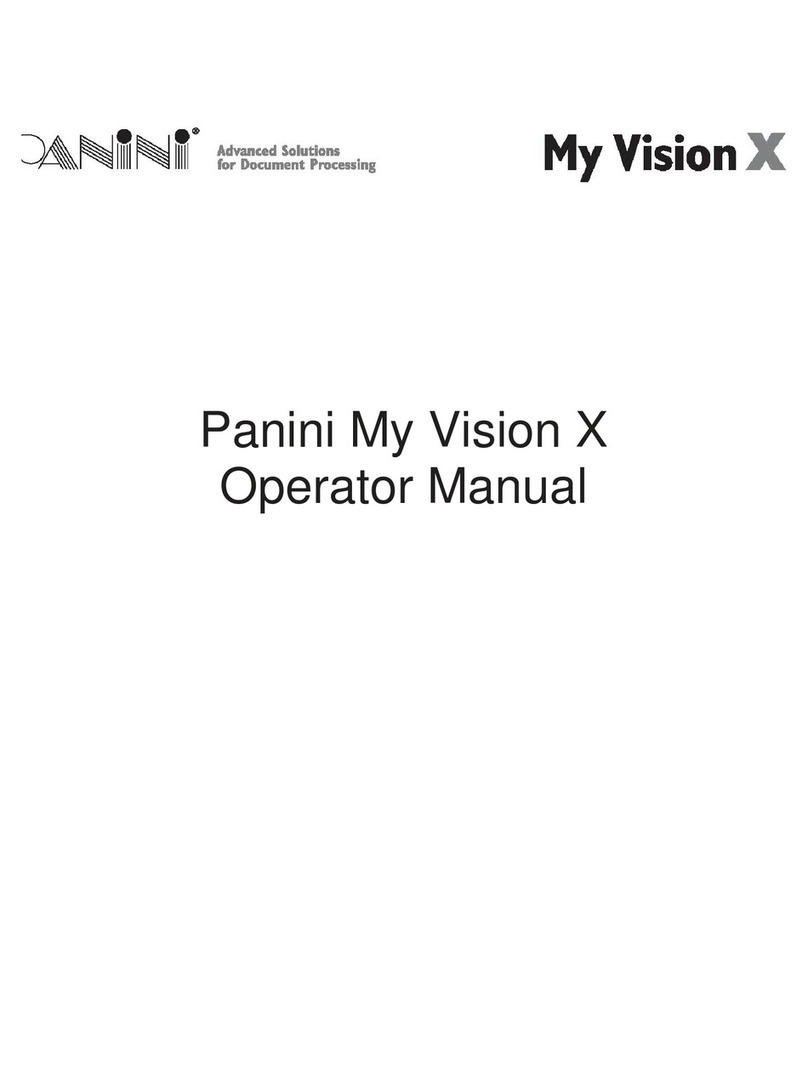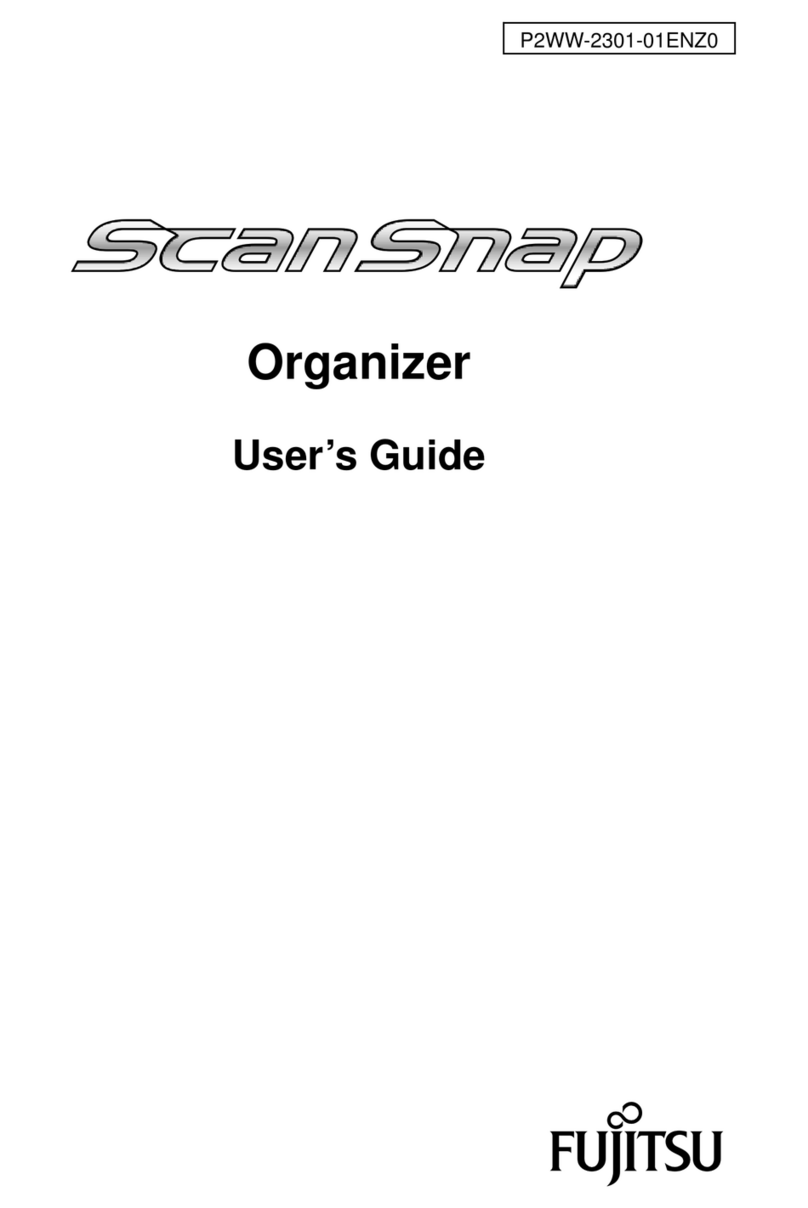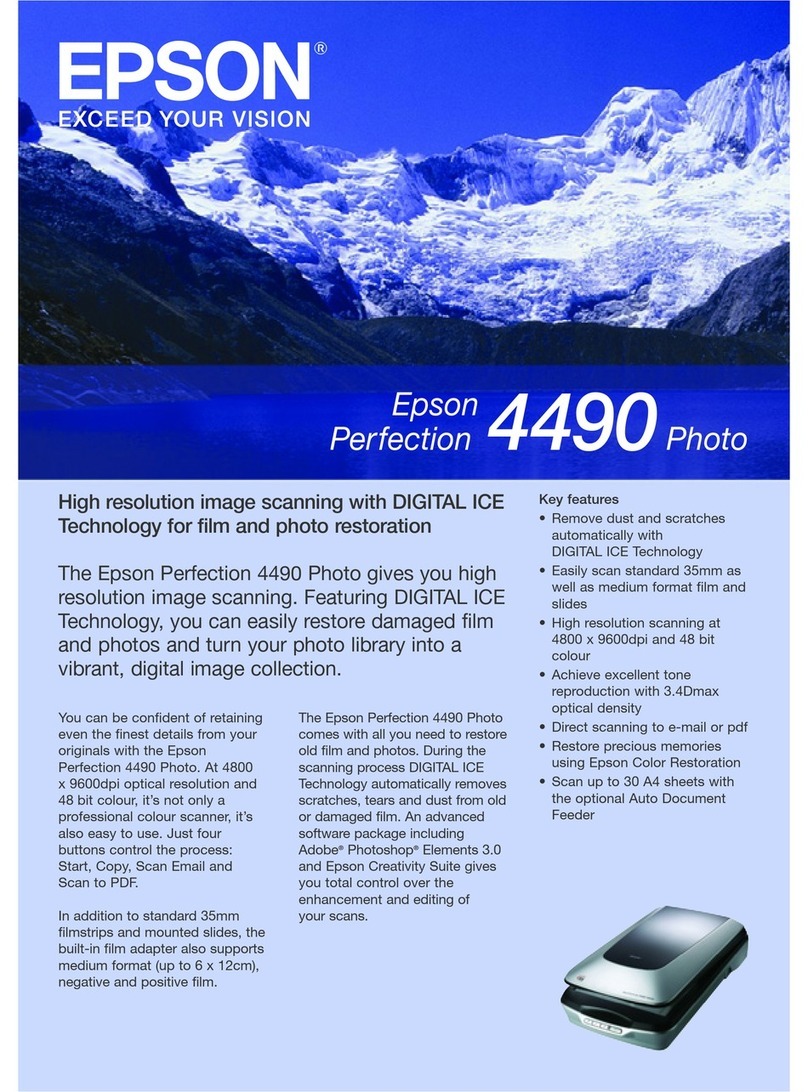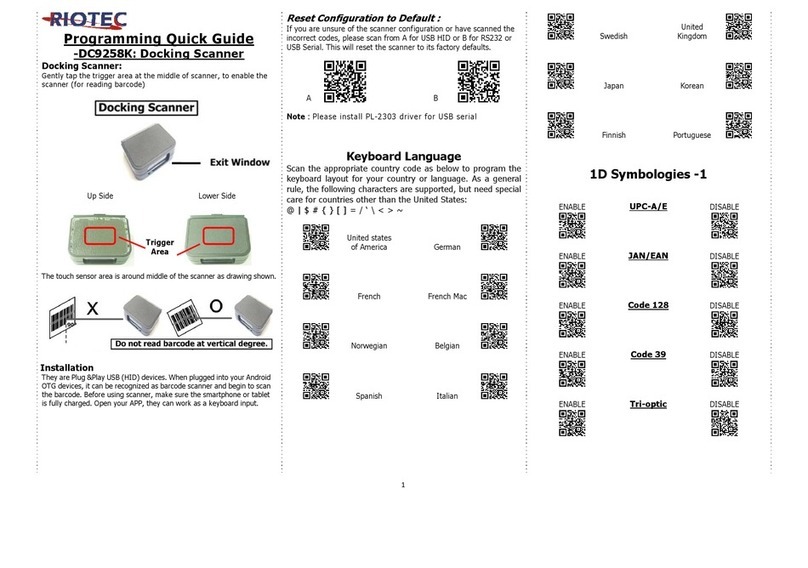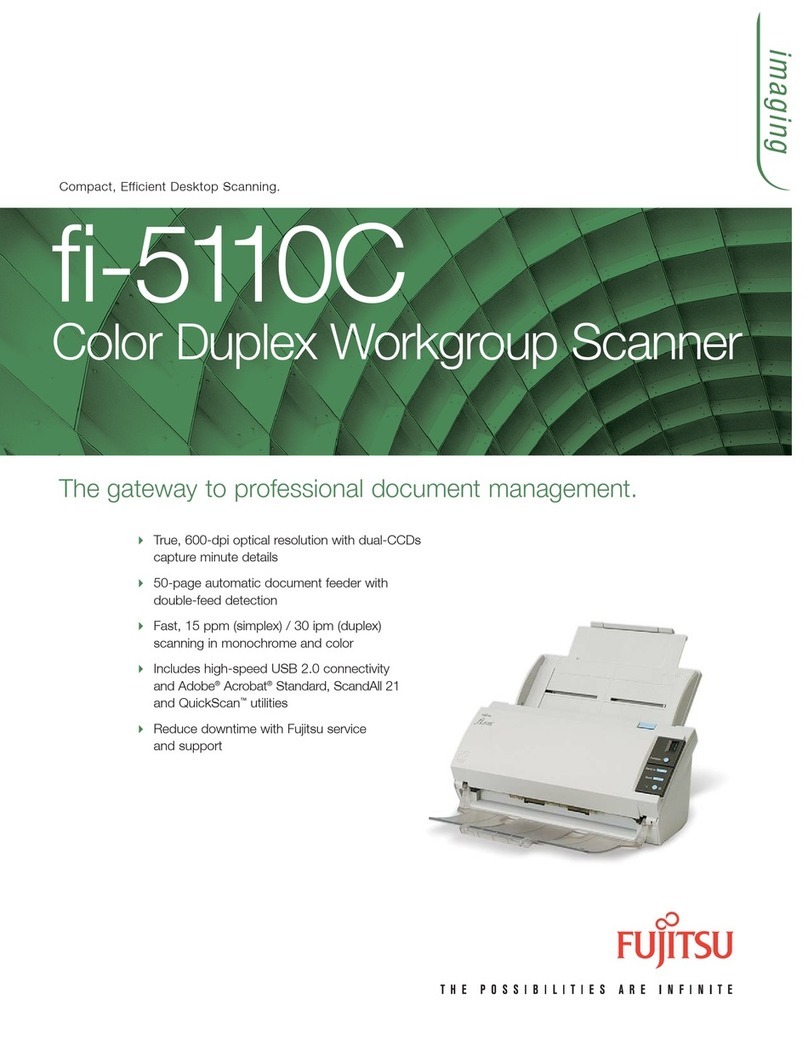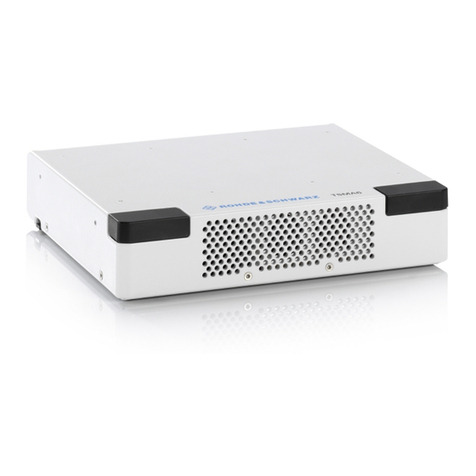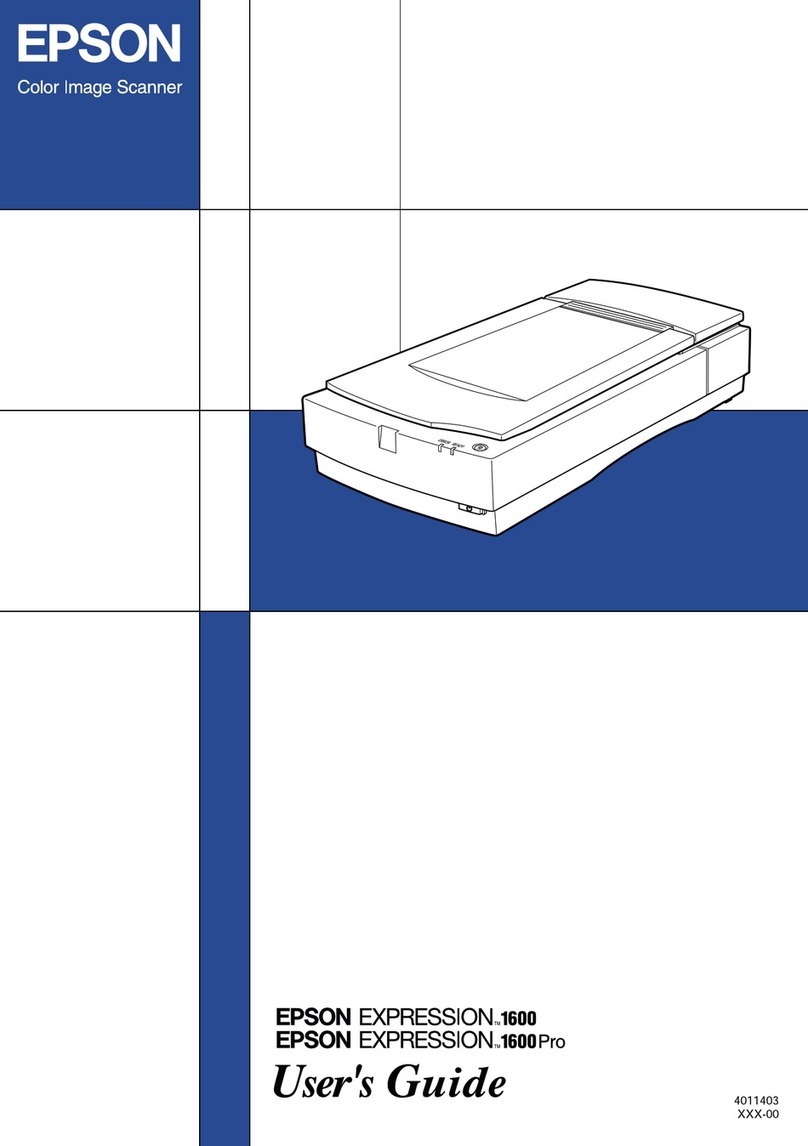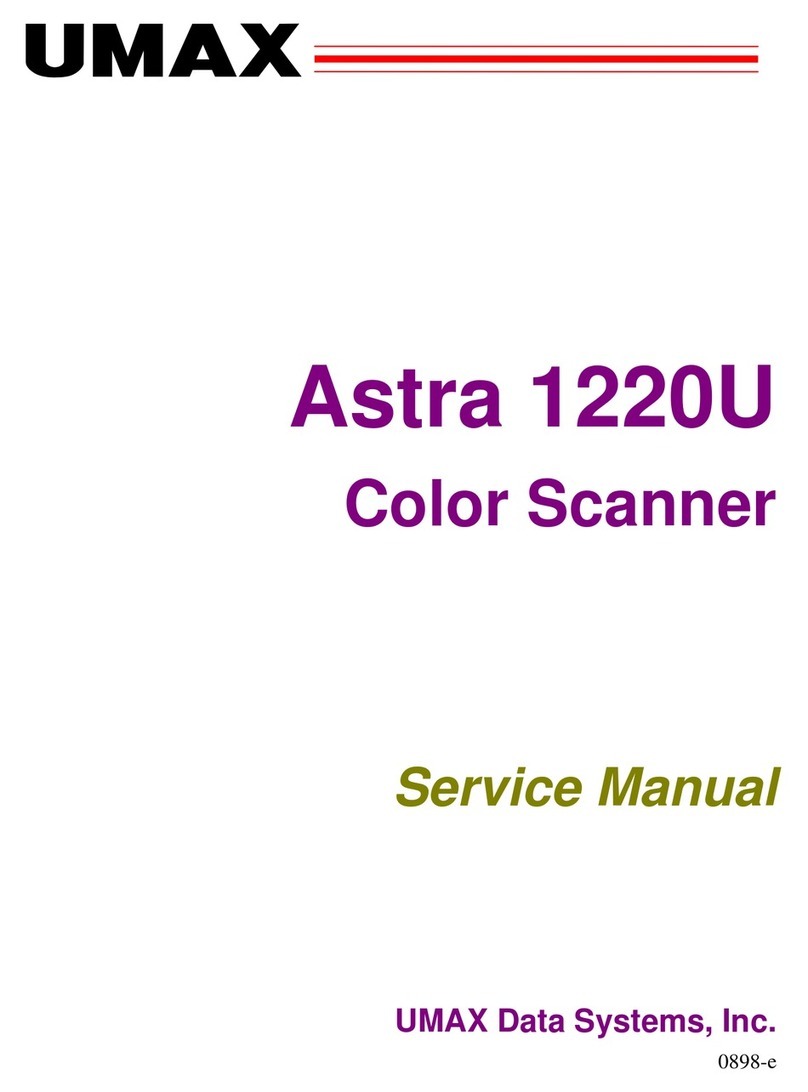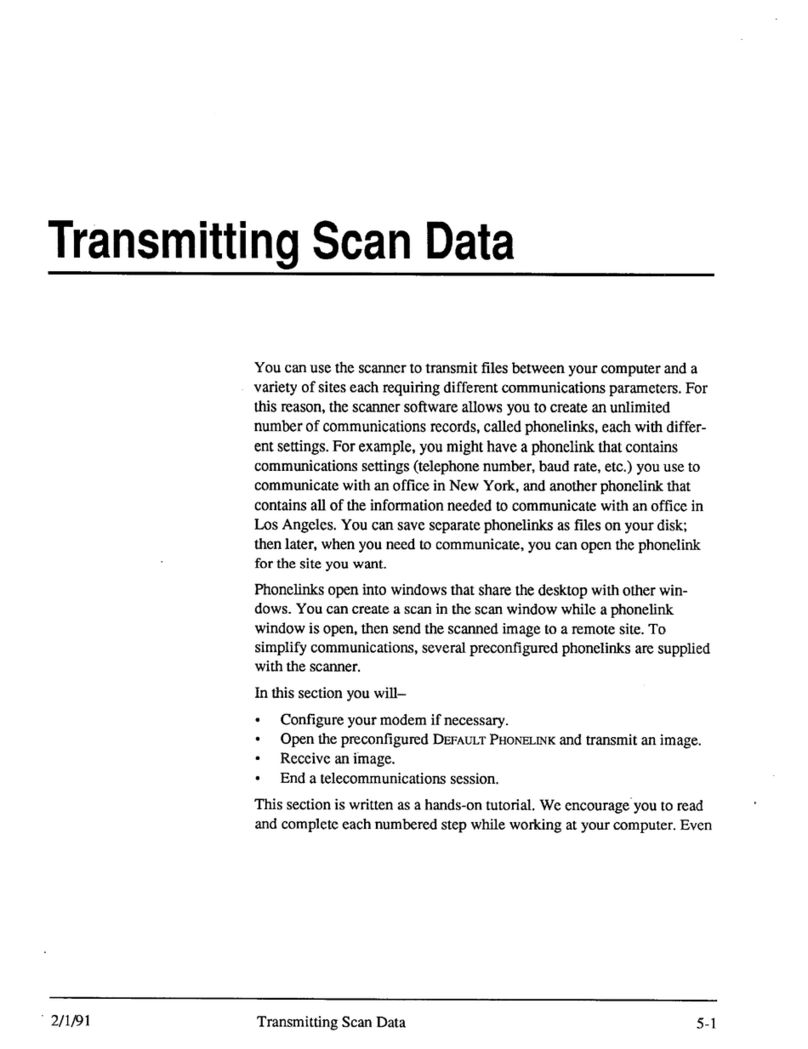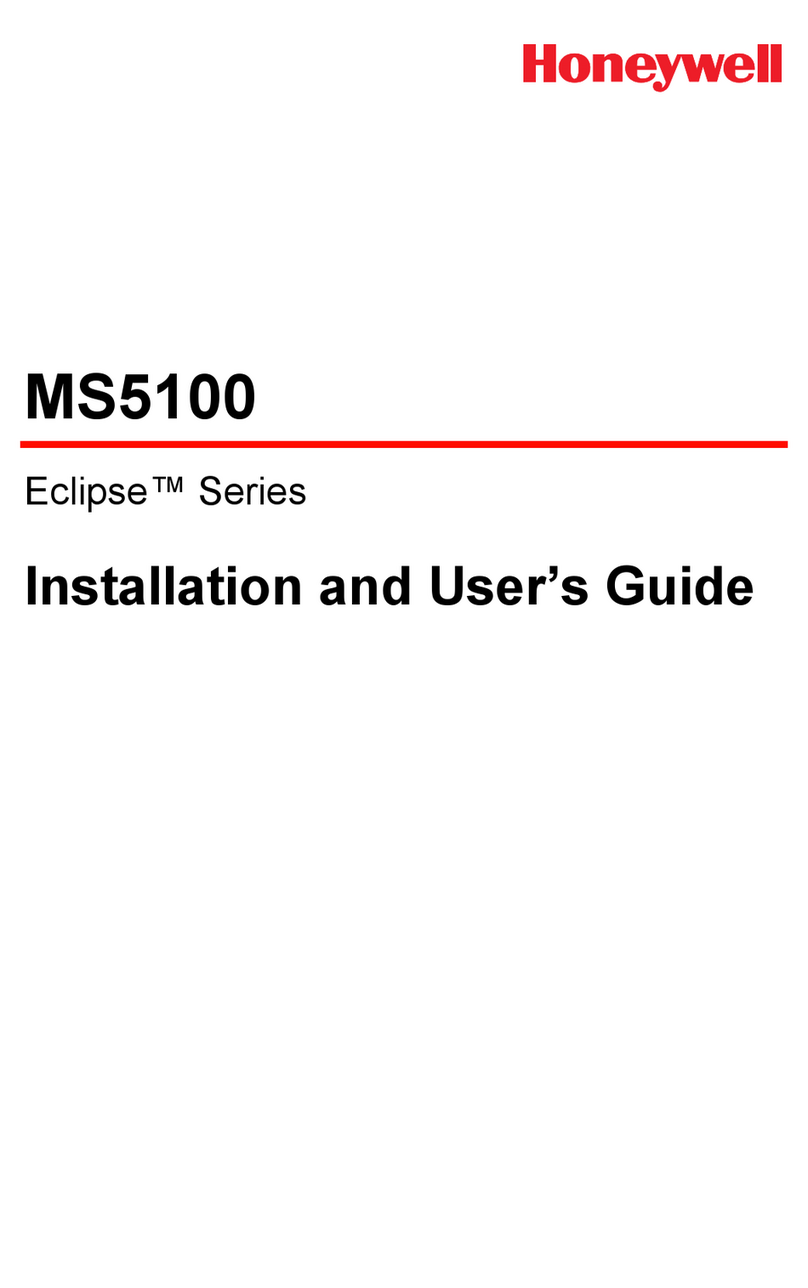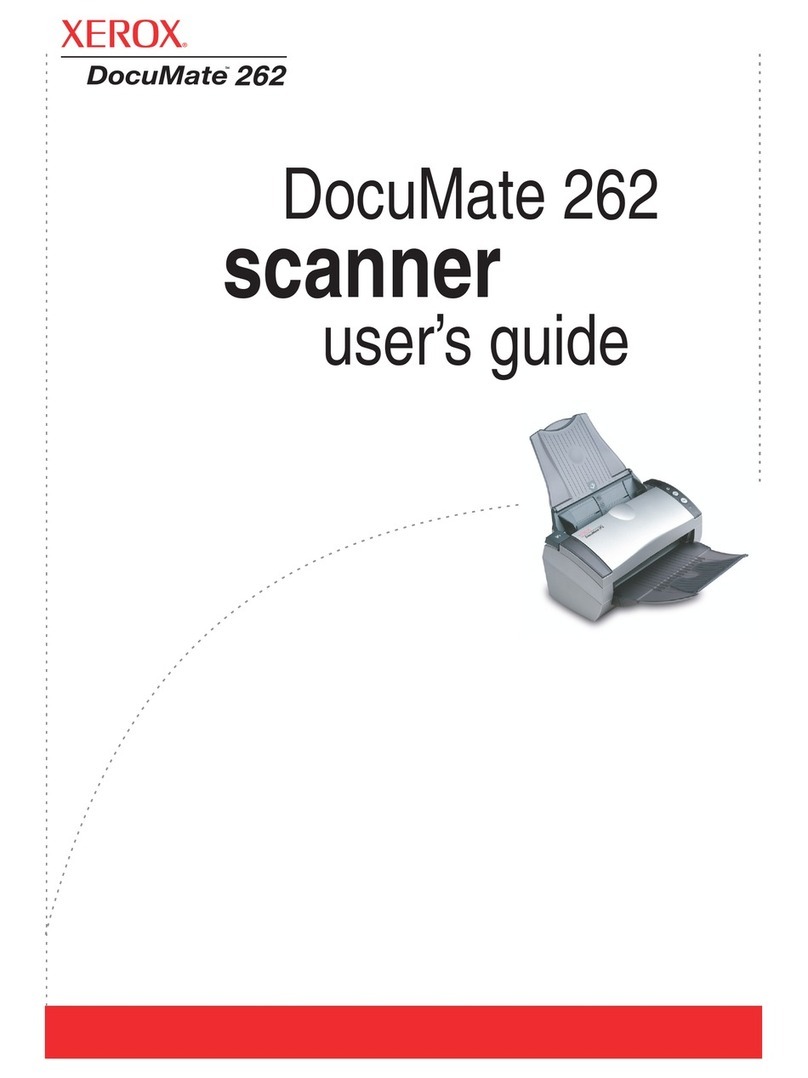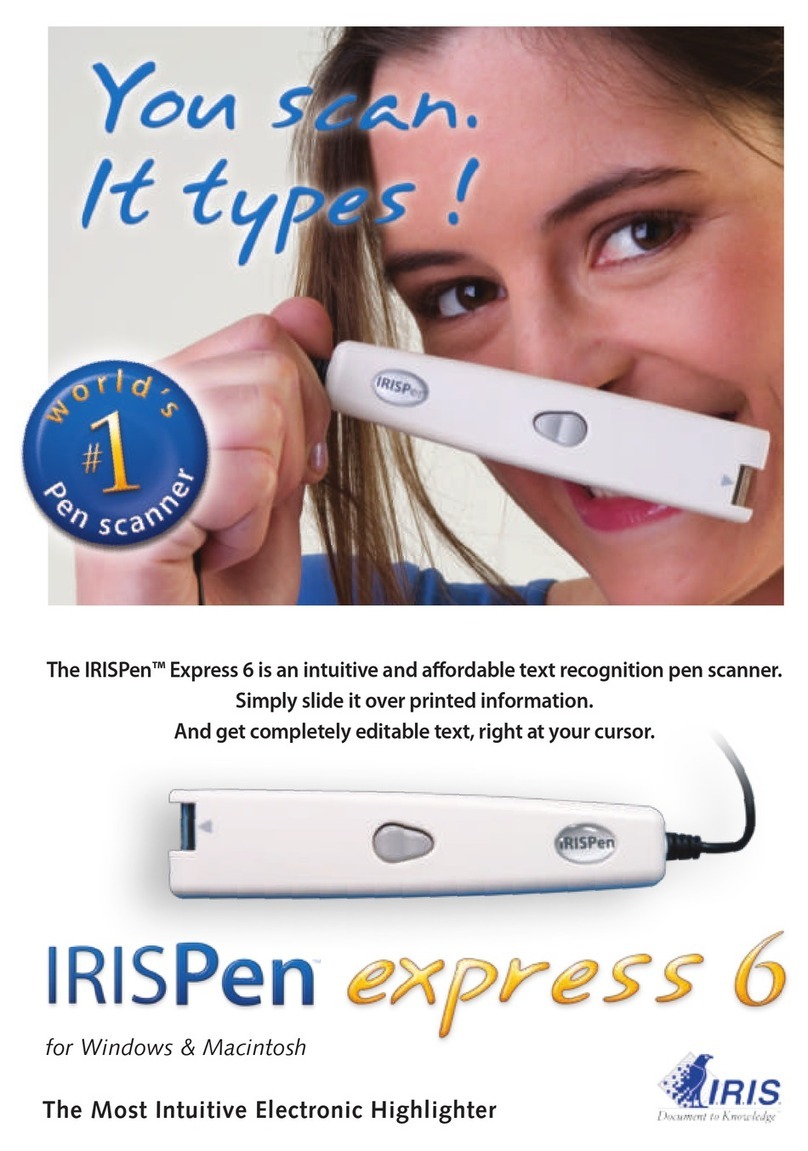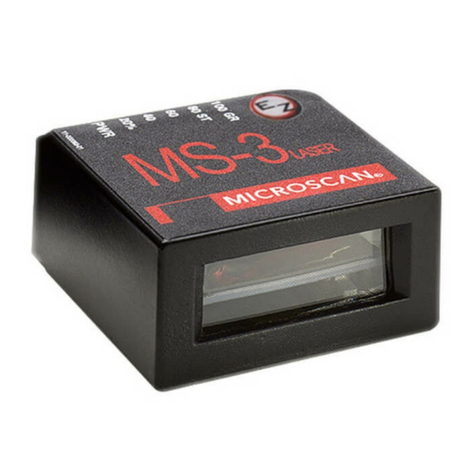AlliedStar AS 200E User manual



Notice
The Safety, Regulatory and Technical Specifications User Manual includes information on
the safety instructions, regulatory information, and the technical specifications of the
devices. We recommend that you thoroughly familiarize yourself with this manual to make
the most effective use of your system.
The information in this document is subject to change. Neither Alliedstar nor any of its
subsidiaries shall be liable for errors contained herein or for incidental damages in
conjunction with the furnishing, performance, or use of this material. No part of this
publication may be reproduced without the permission of Alliedstar.
This document is originally written in English.
All trademarks and registered trademarks are the property of their respective holders.
The AS 200E is intended for professional use only.
U.S. Federal law restricts this device to sale by or on the order of a dentist.
If any serious incident occurs in relation to the device, the user must report it to Alliedstar
and to the competent authority of its Member State in the European Union.
Manual Name: AS 200E User Manual: Safety, Regulatory and Technical Specification
Part Number: DD0068
Revision: 1.1
Date: 2022-11

1Safety Information............................................................................................................1
Intended use..............................................................................................................................................1
Clinical Benefits and Performance Characteristics....................................................................................1
Conventions in This Manual......................................................................................................................2
Warnings and Safety Instructions..............................................................................................................2
Cleaning, Disinfecting, Sterilizing ..............................................................................................................6
Precautions Before Use .......................................................................................................................... 10
2Regulatory Information............................................................................................... 11
Marking and Labeling Symbols............................................................................................................... 11
Regulatory Information .......................................................................................................................... 12
Compliance with European and International Standards ...................................................................... 12
Classification in Accordance with EN/IEC 60601-1................................................................................. 13
Conformity with EN/IEC 60601-1-2........................................................................................................ 14
WiFi ........................................................................................................................................................ 14
Guidance and Manufacturer’s Declaration ............................................................................................ 15
Accessories............................................................................................................................................. 17
Other Equipment.................................................................................................................................... 17
3Technical Specification................................................................................................. 18
Model ..................................................................................................................................................... 18
AS 200E Technical Specifications............................................................................................................ 18
AS 200E Environmental Requirements................................................................................................... 19
4Contact Information ..................................................................................................... 20
Manufacturer ......................................................................................................................................... 20
Authorized Representatives ................................................................................................................... 20

AS 200EUser Manual: Safety, Regulatory and Technical Specification
1
1Safety Information
Intended use
The AS 200E is a digital optical scanning device used to obtain digital impressions of hard and soft tissues
such as teeth, gums and mucous membrane by means of oral scanning, for oral restoration and
orthodontic treatment of malocclusion.
The AS 200E could be used for both adult and children in clinical practice.
Clinical Benefits and Performance Characteristics
Alliedstar's intraoral scanners benefit a dental practice by enabling practitioners to acquire digital
impressions with the quality and accuracy required for digital CAD/CAM dental applications. The actual
performance of the device is dependent on the user's training and operating execution. The user is solely
responsible for the accuracy, completeness, and adequacy of the acquired data.

Safety Information
2
Conventions in This Manual
The following special messages emphasize information or indicate potential risks to personnel or
equipment.
Warnings and Safety Instructions
WARNING: Warns you to avoid injury to yourself or others by
following the safety instructions precisely.
Note: Alerts you to a condition that might cause serious damage.
Important: Alerts you to condition that might cause problems.
Tip: Provides extra information and hints.
DANGER OF ELECTRIC SHOCK
This is an electrical unit. Do NOT expose it to water spray. Such action
can cause an electric shock or a malfunction of the unit.
IMPORTANT: All known residual risks, contraindications, or
undesirable side effects are listed in this manual. If any serious
incident occurs in relation to the device, you must report it to
Alliedstar and to the competent authority of your Member State in
the European Union.

AS 200EUser Manual: Safety, Regulatory and Technical Specification
3
AS 200E:
You MUST read and understand this safety information before using the scanner.
This scanner shall only be used inside hospitals and other professional healthcare facilities and
MUST NOT be used near high frequency surgical equipment and the RF shielded room of an ME
System for magnetic resonance imaging, where the intensity of electromagnetic disturbance is
high.
Before using the scanner, check the outer surfaces of the unit and any accessories to ensure there
are no rough surfaces, sharp edges, or protrusions which may cause a safety hazard.
You are responsible for the operation and maintenance of the scanner. You MUST have training to
use the scanner.
DO NOT place objects within the field of operation of the unit.
When the unit is not in use, ensure that the scanner is turned OFF.
DO NOT use the scanner in conjunction with oxygen-rich environments. This unit is not intended
for use with flammable anesthetics or flammable agents.
DO NOT pull or twist the cable.
DO NOT drop the scanner or the accessories.
DO NOT sterilize the scanner.
DO NOT expose the scanner to water spray or submerge it in water or disinfectant.
DO NOT expose the scanner to high vibrations.
DO NOT expose the scanner to ultraviolet radiation directly. The scanner is not designed for
ultraviolet disinfection.
DO NOT stare at the LED emission window.
When the tip is removed, install the front protective cover to protect the scanner lens window.
DO NOT remove the cover of any scanner components. The scanner contains no user-serviceable
parts. For any repairs, contact a qualified Alliedstar service technician.
DO NOT replace the cables provided with the scanner with other cables. Doing so may damage the
scanner and adversely affect the safety protection and EMC performance of the scanner.
Any other equipment not complying with IEC-60601 shall be kept at least 1.5 meters away from
the patient.
If the equipment is faulty, turn it OFF, display an “Out of Service” notice, and contact a qualified
Alliedstar service technician.
Using components, accessories, cables, and spare parts other than those specified or provided by
the manufacturer of this equipment may impair the safety protection of the scanner and may
result in increased electromagnetic emissions or decreased electromagnetic immunity of this
equipment and result in improper operation.
No modification of this equipment is allowed.
WARNINGS

Safety Information
4
Additional multiple outlet strips or extension cords should not be connected to the system.
The maximum temperature of the applied part may reach to 43 °C; to avoid overheating, do not
use it for extended periods.
To power off the scanner, push the power button for 3 seconds. To isolate the holder from power
supply, unplug the USB connector from the USB port.
DO NOT maintain or service this equipment while it is in use with the patient.
Connection of the PEMS (Programmable Electrical Medical System) to an IT NETWORK that
includes other equipment could result in risks to patients, operators, or third parties. The
responsible organization should identify, analyze, evaluate, and control these risks.
Patients with oral mucosal disease, mental illness, severe respiratory disease, asthma, Parkinson's
disease, hyperactivity disease are forbidden.
Patients with moderate or severe opening limitation should use it with caution.
Computer:
Do NOT place any equipment which does not comply with IEC 60601-1 in the immediate vicinity of
the patient. Leave at least 1.5 meters distance between the patient and the equipment.
The scanner is only intended to be connected to a computer that is at least IEC 60950 / IEC 62368,
or equivalent standards certified. Connecting the scanner to other equipment may be hazardous.
See the installation guide for your computer for information about the data processing system,
computer, and screen. Leave a sufficient amount of clear space around the computer to ensure
that it is properly ventilated.
Position the screen to avoid light reflections from internal or external lighting for maximum image
quality and visual comfort.
Battery:
Do not dismantle, open, or shred secondary cells or batteries.
Do not expose cells or batteries to heat or fire. Avoid storage in direct sunlight.
Do not short-circuit a cell or a battery. Do not store cells or batteries haphazardly in a box or
drawer where they may short-circuit each other or be short-circuited by other metal objects.
Do not remove a cell or battery from its original packaging until required for use.
Do not subject cells or batteries to mechanical shock.
In the event of a cell leaking, do not allow the liquid to come in contact with the skin or eyes. If
contact has been made, wash the affected area with copious amounts of water and seek medical
advice.
Do not use any charger other than that specifically provided for use with the equipment. Refer to
the manufacturer’s instructions or equipment manual for proper charging instructions.
Do not use any cell or battery which is not designed for use with the equipment.
Always purchase the battery recommended by the device manufacturer for the equipment.
Keep cells and batteries clean and dry.
Wipe the cell or battery terminals with a clean, dry cloth if they become dirty.

AS 200EUser Manual: Safety, Regulatory and Technical Specification
5
Do not leave a battery on prolonged charge when not in use.
After extended periods of storage, it may be necessary to charge and discharge the cells or
batteries several times to obtain maximum performance.
Retain the original product literature for future reference.
Use only the cell or battery in the application for which it was intended.
When possible, remove the battery from the equipment when not in use.
Please remove battery using specified tools. Removing the battery by hand is not allowed
Dispose of the battery properly.
Disposal:
This equipment contains certain materials and chemical compounds incidental to
the manufacture of electrical and electronic equipment, and improper “end-of-life”
disposal of such equipment can result in environmental contamination. Therefore,
this equipment should not be disposed of as ordinary household waste but should
instead be delivered to a designated electrical and electronic waste disposal or
recycling center. For further information on disposing of electrical and electronic
waste, contact the cognizant authority within the local jurisdiction.
Dispose of the scanner tips according to standard operating procedures or local
regulations for the disposal of contaminated medical waste. For additional scanner
tips, contact your dealer.

Safety Information
6
Cleaning, Disinfecting, Sterilizing
Perform the following maintenance activities on your scanner and accessories regularly.
To ensure maximum hygienic safety for the patient, carefully follow the instructions to prepare the
scanner for use.
To ensure maximum hygienic safety for the patient and to minimize the risk of cross-contamination,
carefully perform the following maintenance activities on your scanner and accessories.
After each patient:
Clean and disinfect the scanner. See “Clean and Disinfect the Scanner”).
Clean the tip, and then perform Autoclave Sterilization (See “Clean the Tip” and “Sterilize the Tip”).
There are 2 models of tip as following:
Model
Size
UDI-DI
Manually
Cleaning
134°C
Sterilization
TP202
Large
(01)06973993441034
√
√
TP203
Small
(01)06973993441041
√
√
Clean and Disinfect the Scanner
General Warnings
•Read and follow the warnings and personal protection instructions provided in the Safety Data Sheet
(SDS) for the disinfectant used to process the scanner.
•You must wear gloves while cleaning and disinfecting the scanner.
•The scanner must be disinfected with a recommended intermediate-level disinfectant solution with
tuberculocidal activity between patients.
•DO NOT use a disinfectant containing phenolics or iodophors; doing so will damage the surface
coating of the scanner.
•Never put the scanner in an autoclave device or immerse it in water or the disinfectant solution.
•Excessive fluids can damage the scanner.
•Do not use cotton, cloth, or tissues soaked with disinfectant to disinfect the scanner.
WARNINGS

AS 200EUser Manual: Safety, Regulatory and Technical Specification
7
Clean the Scanner
If the scanner is visibly contaminated with blood and/or body fluids, you must clean it before disinfecting
it.
To clean the scanner, follow these steps:
1. Dampen (do not soak) a lint-free cloth with lukewarm water.
2. Remove the blood and/or body fluids with the dampened lint-free cloth.
Disinfect the Scanner
After each patient, the scanner must be thoroughly disinfected.
To adequately disinfect the scanner, follow the disinfectant manufacturer's instructions for the
appropriate contact time.
To disinfect the scanner, follow these steps:
1. Remove the replaceable tip.
2. Remove all visible soil (see “Clean the Scanner”).
3. Use a commercially prepared intermediate level disinfectant wipe. Follow the manufacturer’s
instructions for contact time.
Recommended disinfectant wipes: CaviWipes
4. Thoroughly wipe all surfaces of the scanner, DO NOT allow liquid to enter through the gap, air outlet,
or pin holes.
5. Allow to air dry.
Important: If the scanner is visibly soiled, it must be thoroughly cleaned
prior to disinfecting. See “Clean the Scanner”.
WARNING: Using a disinfectant that has not been approved may cause
damage to the scanner.
WARNING: Do not rinse.

Safety Information
8
6. After the scanner has dried, use a clean, lint-free cloth dampened with water to remove residual
disinfectant from the surface of the scanner.
Clean and Sterilize the Tip
Wear gloves when handling a contaminated scanner tip.
Read and follow the warnings and personal protection instructions provided in the manufacturer’s
SDS for the detergent used to clean the scanner tip.
Do not soak the scanner tips in disinfectant for a long period.
Dry the scanner tips thoroughly before mounting onto the scanner.
Do not use an ultrasonic cleaning machine to clean the scanner tips.
Do not soak the scanner tip with alcohol-based disinfectants.
Clean the Tip
To manually cleaning the tips, follow these steps:
1. Rinse excess soil from the Tips (2 minutes).
2. Using a soft brush, apply enzymatic detergent solution (e.g., Metrex EmPower) to all surfaces.
3. Rinse under clean, running water (2 minutes).
4. Inspect Tips. If the tip is not clean, repeat the steps 1-3.
5. Use a lens tissue or lint-free cloth to remove any dust from the mirror in the tip.
Sterilize the Tip
Scanner tips received from the manufacturer are NOT sterilized. You must sterilize the tips before
the first use.
To sterilize the scanner tips, follow these steps:
1. Put the tip into a sealed steam sterilization pouch.
2. Place the tips in a steam autoclave for sterilization.
Important: If you limit the exposure time at 134°C to not more than 6
minutes, you can autoclave the tip up to 60 cycles.
WARNINGS

AS 200EUser Manual: Safety, Regulatory and Technical Specification
9
For TP202 and TP203, exposure temperature should be set as 134°C.
For TP202 and TP203, exposure time should exceed 3 minutes.
For TP202 and TP203, exposure time should not exceed 6 minutes.
Important: For TP202 and TP203, exposure temperature should be set
as 134°C.
Important: For TP202 and TP203, exposure time should exceed 3
minutes.
Important: For TP202 and TP203, exposure time should not exceed 6
minutes.

Safety Information
10
Precautions Before Use
Perform the following activities on your product and accessories before use.
Visually Inspecting the Scanner for Damage
Visually inspect the scanner for damage or signs of deterioration by doing the following:
Inspect the scanner's lens window.
Inspect around the scanner buttons and contact points.
If damage is noted, do not use the scanner and contact your representative.
Visually Inspecting the Scanner Tips
Visually inspect the scanner tips for signs of deterioration by doing the following:
Verify that the tip is not damaged and its components are not detached.
Verify that the tip mirror does not have any smudges or scratches on it.
If deterioration is noted, replace the tip.
The lens window on the scanner is a delicate optical component. Mount the front protective
cover to protect the lens window from damage and dirt when the scanner is not in use.
The mirror in the tip is a delicate optical component. Its clean and undamaged surface is critical
to scan quality.
In the event that you see poor scan quality or an unclear video preview in the software, clean the tip
mirror and the scanner's lens window using a microfiber cleaning swab, applying ethanol that is free of
impurities.
WARNINGS

AS 200EUser Manual: Safety, Regulatory and Technical Specification
11
2Regulatory Information
Marking and Labeling Symbols
Type BF applied part symbol classification in accordance with IEC 60601
standards.
In the European Union, this symbol indicates: DO NOT discard this product
in a trash receptacle; use an appropriate recovery and recycling facility.
Contact your local sales representative for additional information on the
collection and recovery programs available for this product.
Manufacturer
Date of Manufacture
Refer to instruction manual/booklet.
Direct current.
Sterilizable in a steam sterilizer (autoclave) at 134°C
Model Number
Serial number
Rechargeable battery
CE marks is a statement by medical equipment manufacturers that meet all
the General Safety and Performance Requirements (GSPR) of all EU related
medical instruments, and the CE mark is also a legal requirement for medical
devices to list in the EU market.

Regulatory Information
12
The Federal Communications Commission (FCC) coordinates domestic and
international Communications by controlling radio, television,
telecommunications, satellites, and cables. Involving more than 50 states,
Columbia, and the territory of the United States to ensure the safety of radio
and wire communications products related to life and property. Many radio
applications, communications products and digital products require FCC
approval to enter the U.S. market.
Name of the European authorized representative and address of the
registered place of business.
Regulatory Information
The AS 200E complies with the following regulations:
MDR: (EU) 2017/745 Medical Device Regulation, Cass I following the Rule 5.
FDA Center for Devices & Radiological Health CDRH - Title 21 CFR 872.3661 (USA).
Medical Devices Regulations (Canada).
RoHS: Restriction of the Use of Certain Hazardous Substances in Electrical and Electronic Equipment,
2011/65/EU Annex II and its amendment Directive (EU) 2015/863
RED: Directive 2014/53/EU The Radio Equipment Directive
FCC: Part 15 of the Federal Communications Commission Rules
ISED: Innovation, Science and Economic Development Canada
Compliance with European and International Standards
EN / IEC 60601-1: Medical Electrical Equipment, Part 1: General Requirements for Basic Safety and
Essential Performance
ANSI/AAMI ES 60601-1: Medical Electrical Equipment - Part 1: General requirements for basic safety
and essential performance
CAN/CSA-C22.2 No. 60601-1: Medical Electrical Equipment - Part 1: General requirements for basic
safety and essential performance
EN / IEC 60601-1-2: Medical Electrical Equipment, Part 1-2: General requirements for basic safety and
essential performance – Collateral Standard: Electromagnetic disturbances – Requirements and tests
EN / IEC 80601-2-60: Medical electrical equipment — Part 2-60: Particular requirements for the basic
safety and essential performance of dental equipment
EN / IEC 62471: Photobiological safety of lamps and lamp systems
EN / ISO 17664: Processing of health care products – Information to be provided by the medical device
manufacturer for the processing of medical devices
EN / ISO 17665-1: Sterilization of health care products — Moist heat — Part 1: Requirements for the
development, validation and routine control of a sterilization process for medical devices

AS 200EUser Manual: Safety, Regulatory and Technical Specification
13
EN / IEC 60601-1-6: Medical Electrical Equipment, Part 1-6: General requirements for basic safety and
essential performance - Collateral Standard: Usability
EN / IEC 62366-1: Medical devices - Part 1: Application of usability engineering to medical devices
EN / IEC 62304: Medical device software - Software life cycle Processes
EN ISO 10993: Biological evaluation of medical devices
ISO 14971: Medical devices - Application of risk management to medical devices
EN / ISO 15223-1: Medical devices - Symbols to be used with medical device labels, labeling and
information to be supplied - Part 1: General requirements
EN ISO 20417: Medical devices — Information to be supplied by the manufacturer
ISO 9687: Dentistry - Graphical symbols for dental equipment
AAMI TIR 12:Designing, testing and labeling reusable medical devices for reprocessing in health care
facilities: A guide for medical device manufacturers
AAMI TIR 30:A compendium of processes, materials, test methods, and acceptance criteria for
cleaning reusable medical devices
EN / IEC 62133-2: Secondary cells and batteries containing alkaline or other non-acid electrolytes -
Safety requirements for portable sealed secondary cells, and for batteries made from them, for use in
portable applications - Part 2: Lithium systems
EN 50566: Product standard to demonstrate the compliance of wireless communication devices with the
basic restrictions and exposure limit values related to human exposure to electromagnetic fields in the
frequency range from 30 MHz to 6 GHz: hand-held and body mounted devices in close proximity to the
human body.
EN 301489-1: Electromagnetic compatibility (EMC) standard for radio equipment and services; Part 1:
Common technical requirements; Harmonized Standard covering the essential requirements of article
3.1(b) of Directive 2014/53/EU and the essential requirements of article 6 of Directive 2014/30/EU
EN 301489-17: Electromagnetic Compatibility (EMC) standard for radio equipment and services; Part 17:
Specific conditions for Broadband Data Transmission Systems; Harmonized Standard covering the
essential requirements of article 3.1(b) of Directive 2014/53/EU
EN 301893: 5GHz RLAN; Harmonized Standard covering the essential requirements of article 3.2 of
Directive 2014/53/EU
Classification in Accordance with EN/IEC 60601-1
Type of protection against electric shock: Internally powered
Degree of protection against electric shock: Type BF Applied Part
Mode of operation: Continuous operation
Flammable anesthetics: Not suitable for use in the presence of flammable anesthetics or a mixture of
flammable anesthetics with air or oxygen or nitrous oxide.

Regulatory Information
14
Conformity with EN/IEC 60601-1-2
IEC 60601-1-2 EMC requirements and tests, Medical Electrical Equipment including CISPR 11 Group 1, Class
B.
Medical electrical equipment requires special precautions regarding electromagnetic compatibility (EMC).
Medical equipment must be installed and put into service according to the EMC information provided in
this documentation.
Other equipment can interfere with communications with the AS 200E, even if the equipment complies
with CISPR emissions requirements.
Warning: Portable and mobile RF communications equipment (including peripherals such as antenna
cables and external antennas) should be used no closer than 30 cm (12 inches) to any part of the AS 200E,
including cables specified by the manufacturer. Otherwise, degradation of the performance of this
equipment could result.
WiFi
The AS 200E intraoral scanner operates with the 802.11a/n/ac protocol. Following channels may be used
for the handpiece:
Channel
Protocol
Central Frequency
(MHz)
Output Power (Nominal)
(dBm)
48
802.11a
5240
14.57
157
802.11a
5785
14.23
Above channels are available for CE, FCC, SRRC and ISED.
This device complies with part 15 of the FCC Rules and contains license exempt transmitter(s)/receiver(s)
that comply with ISED’s license-exempt RSS(s).
Operation is subject to the following two conditions:
This device may not cause interference.
This device must accept any interference, including interference that may cause undesired
operation of the device.
SAR Value for Handpiece:
Electromagnetic Compatibility Precautions
Note: Changes or modifications to this unit not expressly approved by
the party responsible for compliance could void the user's authority to
operate the equipment.

AS 200EUser Manual: Safety, Regulatory and Technical Specification
15
0.798 W/Kg,10g for CE
0.011 W/Kg,1g for FCC
Changes or modifications not expressly approved by the party responsible for compliance could void the
user's authority to operate the equipment.
Limited by local law regulations, the version for North America does not have a region selection option.
The device is for indoor use only and operates in the 5150-5250 MHz and 5725-5850MHz band to reduce
the potential for harmful interference to co-channel mobile satellite systems.
This equipment has been tested and found to comply with the limits for a Class B digital device, pursuant
to part 15 of the FCC Rules. These limits are designed to provide reasonable protection against harmful
interference in a residential installation. This equipment generates, uses and can radiate radio frequency
energy and, if not in-stalled and used in accordance with the instructions, may cause harmful interference
to radio communications. However, there is no guarantee that interference will not occur in a particular
installation. If this equipment does cause harmful interference to radio or television reception, which can
be determined by turning the equipment off and on, the user is encouraged to try to correct the
interference by one or more of the following measures: —Reorient or relocate the receiving antenna.
—Increase the separation between the equipment and receiver.
—Connect the equipment into an outlet on a circuit different from that to which the receiver is
connected.
—Consult the dealer or an experienced radio/ TV technician for help.
Guidance and Manufacturer’s Declaration
Guidance and Manufacturer’s Declaration - Electromagnetic Emission
The AS 200E is intended for use in the electromagnetic environment specified below. The customer or
user of the AS 200E should assure that it is used in such an environment.
Emissions Test
Compliance
Electromagnetic Environment - Guidance
RF Emissions
CISPR 11
Group 1
Class B
The AS 200E uses RF energy only for its internal function.
Therefore, its RF emissions are very low and are not likely to
cause any interference in nearby electronic equipment.
Guidance and Manufacturer’s Declaration –Electromagnetic Immunity for Equipment
and Systems (from Non-RF wireless communication equipment)
The AS 200E is intended for use in the electromagnetic environment specified below (IEC 60601-1-2 Table
4). The customer or the user of the AS 200E should assure that it is used in such an environment.
Immunity Test
IEC 60601 Test Level
Compliance Level
Electromagnetic Environment -
Guidance
Note

Regulatory Information
16
Electrostatic
discharge (ESD)
IEC 61000-4-2
±8 kV contact
±15 kV air
±8 kV contact
±15 kV air
Floors should be wood, concrete,
or ceramic tile. If floors are covered
with synthetic material, the relative
humidity should be at least 30%.
Power frequency
(50/60 Hz)
magnetic field
IEC 61000-4-8
30 A/m
30 A/m
Power frequency magnetic fields
should be at levels characteristic of
a typical location in a typical
commercial or hospital
environment.
Radiated RF
IEC 61000-4-3
3 V/m
80MHz –2.7GHz
3 V/m
80MHz –2.7GHz
Environment of a professional
healthcare facility.
WARNING: Portable RF
communications equipment
(including peripherals such as
antenna cables and external
antennas) should be used no
closer than 30 cm (12 inches) to
any part of the AS 200E including
cables specified by the
manufacturer.
Otherwise, degradation of the
performance of this equipment
could result.
NOTE: Field strengths from fixed transmitters, such as base stations for radio (cellular/cordless)
telephones and land mobile radios, amateur radio, AM and FM radio broadcast, and TV broadcast
cannot be predicted theoretically with accuracy. To assess the electromagnetic environment due to
fixed RF transmitters, an electromagnetic site survey should be considered. If the measured field
strength in the location in which the AS 200E is used exceeds the applicable RF compliance level
above, the AS 200E should be observed to verify normal operation. If abnormal performance is
observed, additional measures may be necessary, such as re-orienting or relocating the AS 200E.
Guidance and Manufacturer’s Declaration –Electromagnetic Immunity for Equipment
and Systems (from RF wireless communication equipment)
For the immunity to proximity fields from RF wireless communications equipment, the AS 200E is
compliant with the test levels specified below, according to IEC60601-1-2 Table 9. The customer or user
of the AS 200E should assure that it is used in such an environment.
Test Frequency (MHz)
Band (MHz)
Immunity Test Levels
385
380 –390
Pulse modulation 18Hz, 27V/m
450
430 –470
FM, ±5 kHz deviation, 1 kHz sine, 28V/m
710
704 –787
Pulse modulation 217Hz, 9V/m
745
780
810
800 –960
Pulse modulation 18Hz, 28V/m
Table of contents
